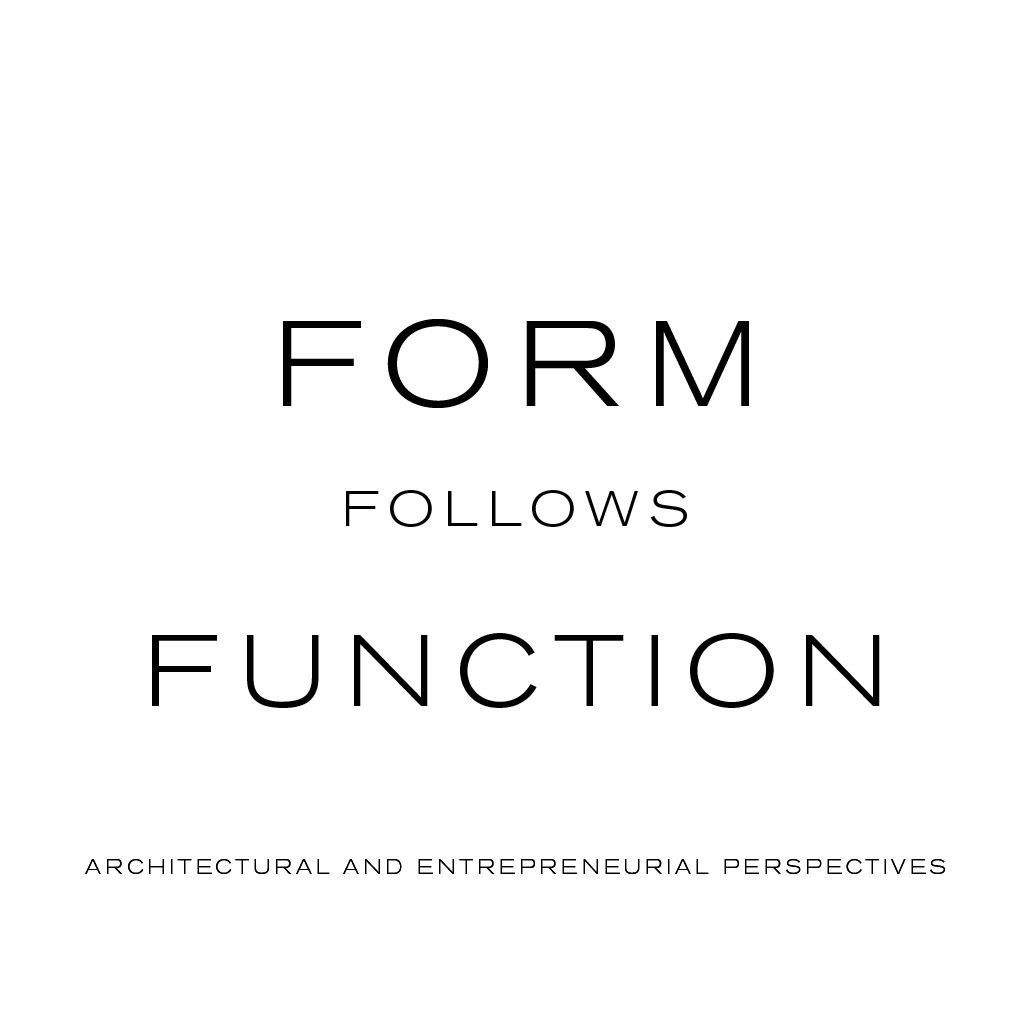There’s an elephant in the room, when one talks about the different components of running an architectural/design business.
Something that’s often left unsaid is the unfortunate fact that many architects start their own businesses after self-evaluating themselves as good designers, with little or no prior knowledge of the elements of successful business practice.
This may be considered similar to a situation where a successful artist decides to start a business selling paintbrushes, without any understanding of production or manufacture.
It doesn’t help matters that, during all the time spent in architecture school, students are always advised to approach architecture from the point of view of an artform, a social and urban intervention, or cultural critique.
And whilst this training doubtless helps sharpen our design skills in our formative years, if you, as an architect, intend to practice and run a successful architectural practice, it’s important to remember that your design skills are completely incapable of enabling you to build the framework for a successful business.
And, although, as architects, we often have legitimate complaints about the nature of fee structures in our professions, temporary client issues and incompatibilities, it’s worthwhile to remember that, as business owners, its our first responsibility to ensure that we spend as much time working on the design and functioning of our company as we do working on the floorplans and axonometrics of a design project.
If, for the next five years, you spent as much time and optimizing your business practices and procedures as you spend on a prestigious design competition, what would your architectural practice look like after five years?
Because the truth is that while Form Follows Function may hold true for architectural design, it certainly does ALWAYS hold true when it comes to the design and functioning of an architectural firm.
An architectural firm may be responsible for designing innovative and original buildings, but if it’s own internal functioning is a daily firefight, it is not too different from the building which has expensive cladding and looks good from afar, but has bad planning, mismanaged services and poor construction within.
So, if you’re an architect planning to set up your own practice, remember that “Form Follows Function” starts with you.
